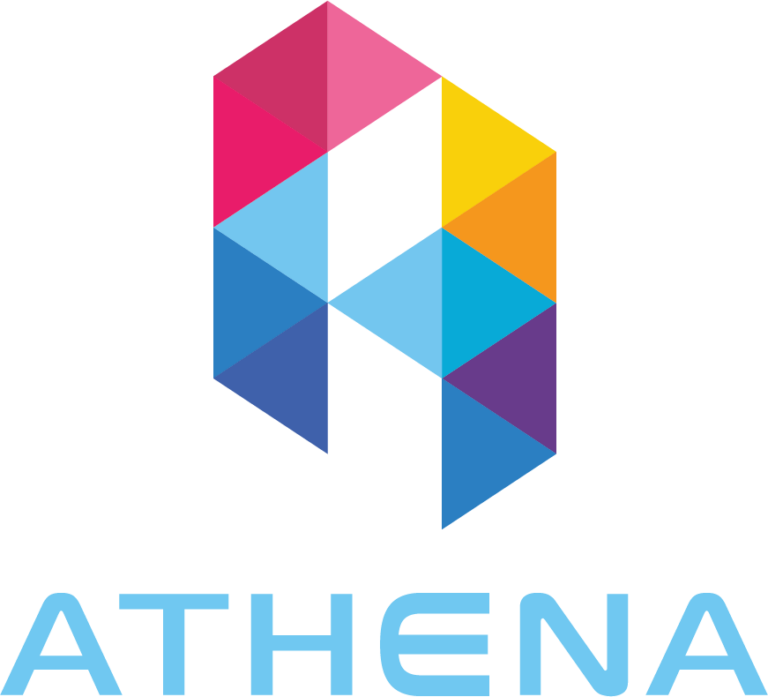Transforming Your Vision into Reality: Building Custom Automated Trading Systems
In today’s fast-paced financial markets, automated trading systems have become indispensable for achieving precision, speed, and consistency. While off-the-shelf solutions are widely available, building a custom automated trading system offers unparalleled flexibility to align with unique trading strategies and goals. This article explores the process of creating custom trading systems, the benefits they bring, and key steps to turn your vision into reality.
Why Choose a Custom Automated Trading System?
A custom trading system provides a tailored approach that addresses specific needs and preferences.
Key Benefits:
- Personalized Strategies: Design algorithms to reflect your unique trading style and market insights.
- Competitive Edge: Gain advantages by leveraging proprietary strategies not available in generic systems.
- Adaptability: Modify systems to accommodate evolving market conditions or regulatory requirements.
- Enhanced Control: Full oversight of the system’s functionality, from data inputs to trade execution.
The Process of Building a Custom Automated Trading System
1. Define Your Objectives
Clearly articulate what you want your trading system to achieve.
Key Considerations:
- Target markets (e.g., Forex, stocks, crypto).
- Trading strategies (e.g., scalping, trend-following, arbitrage).
- Risk tolerance and capital allocation.
- Desired frequency of trades (e.g., high-frequency vs. low-frequency).
Example: A Forex trader might design a system to capitalize on short-term price fluctuations during high-volatility periods.
2. Select the Right Development Platform
Choose a platform that aligns with your technical expertise and trading requirements.
Popular Platforms:
- MetaTrader 4/5 (MT4/MT5): Ideal for Forex and CFD traders.
- NinjaTrader: Great for futures and Forex trading.
- Python: Flexible for custom development and integration with APIs.
- TradeStation: User-friendly with built-in development tools.
Tip: For advanced customization, consider open-source libraries and frameworks.
3. Develop and Backtest the Strategy
Develop your trading logic and test it rigorously against historical data.
Steps:
- Program the Algorithm: Translate your strategy into code, incorporating entry and exit rules, indicators, and risk parameters.
- Backtest the System: Use historical market data to evaluate performance under various conditions.
- Optimize Parameters: Refine the algorithm by adjusting variables like stop-loss levels, timeframes, or technical indicators.
Metrics to Analyze:
- Win rate and risk-reward ratio.
- Maximum drawdown.
- Consistency across different market conditions.
4. Integrate Risk Management Features
Incorporate robust risk management tools to safeguard your capital.
Essential Features:
- Dynamic Position Sizing: Adjust trade sizes based on account balance and market volatility.
- Stop-Loss and Take-Profit Orders: Automate protective measures to minimize losses and secure gains.
- Portfolio Diversification: Ensure the system trades across multiple assets to reduce risk concentration.
5. Deploy and Monitor the System
Once built and tested, deploy your system in live markets with careful oversight.
Tips for a Smooth Deployment:
- Start with a demo account to simulate live trading.
- Gradually scale up capital as confidence in the system grows.
- Use monitoring tools to track performance and identify potential issues.
Key Metrics:
- Execution speed and accuracy.
- Slippage rates.
- Profit and loss trends over time.
Advanced Features for Custom Trading Systems
- AI and Machine Learning
- Implement self-learning algorithms to adapt to market trends dynamically.
- Use predictive analytics for better decision-making.
- Real-Time Data Integration
- Connect with APIs for live market feeds and news analysis.
- Incorporate sentiment analysis from social media and news platforms.
- Cloud-Based Operation
- Ensure continuous functionality with cloud-hosted systems, reducing downtime risks.
- Multi-Asset Capability
- Trade across diverse markets like Forex, stocks, commodities, and cryptocurrencies.
- User-Friendly Interfaces
- Create dashboards for manual overrides, performance tracking, and system customization.
Challenges in Building Custom Systems and How to Overcome Them
1. Technical Complexity
- Solution: Partner with experienced developers or use platforms offering simplified coding tools.
2. Overfitting During Backtesting
- Solution: Validate strategies with out-of-sample testing and forward testing.
3. High Initial Costs
- Solution: Treat the investment as a long-term asset that enhances profitability.
4. Market Noise
- Solution: Incorporate filters to minimize false signals, such as volatility thresholds or moving averages.
Case Study: A Custom Trading System in Action
Scenario: A stock trader developed a custom system to execute momentum-based strategies.
Features:
- Monitored price and volume breakouts.
- Adjusted trade sizes dynamically based on account growth.
- Included AI-driven news sentiment analysis for additional insights.
Results:
- Return on Investment: Achieved a 25% annual return.
- Reduced Drawdowns: Capped losses at 8% through advanced risk management.
- Scalability: Expanded to trade in Forex and cryptocurrency markets.
Future Trends in Custom Automated Trading Systems
- Integration with Blockchain
- Decentralized systems for enhanced transparency and security.
- AI-Driven Optimization
- Real-time adaptation to shifting market conditions through machine learning.
- Social Customization
- Collaborative platforms where traders can share and refine strategies.
- Regulatory Compliance Automation
- Built-in compliance tools to meet evolving financial regulations.


